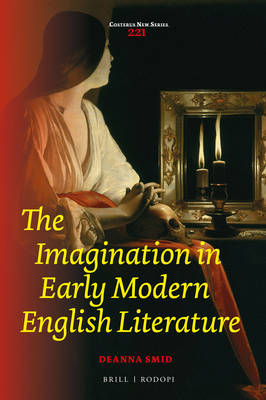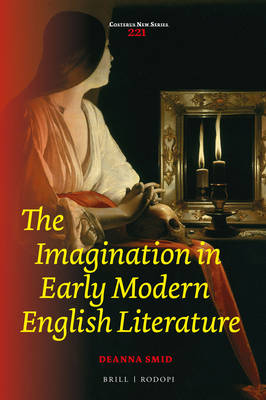
- Afhalen na 1 uur in een winkel met voorraad
- Gratis thuislevering in België vanaf € 30
- Ruim aanbod met 7 miljoen producten
- Afhalen na 1 uur in een winkel met voorraad
- Gratis thuislevering in België vanaf € 30
- Ruim aanbod met 7 miljoen producten
Zoeken
Omschrijving
In The Imagination in Early Modern English Literature, Deanna Smid presents a literary, historical account of imagination in early modern English literature, paying special attention to its effects on the body, to its influence on women, to its restraint by reason, and to its ability to create novelty. An early modern definition of imagination emerges in the work of Robert Burton, Francis Bacon, Edward Reynolds, and Margaret Cavendish. Smid explores a variety of literary texts, from Thomas Nashe's The Unfortunate Traveler to Francis Quarles's Emblems, to demonstrate the literary consequences of the early modern imagination. The Imagination in Early Modern English Literature insists that, if we are to call an early modern text "imaginative," we must recognize the unique characteristics of early modern English imagination, in all its complexity.
Specificaties
Betrokkenen
- Auteur(s):
- Uitgeverij:
Inhoud
- Aantal bladzijden:
- 218
- Taal:
- Engels
- Reeks:
- Reeksnummer:
- nr. 221
Eigenschappen
- Productcode (EAN):
- 9789004344037
- Verschijningsdatum:
- 24/08/2017
- Uitvoering:
- Hardcover
- Formaat:
- Genaaid
- Afmetingen:
- 160 mm x 239 mm
- Gewicht:
- 176 g

Alleen bij Standaard Boekhandel
+ 387 punten op je klantenkaart van Standaard Boekhandel
Beoordelingen
We publiceren alleen reviews die voldoen aan de voorwaarden voor reviews. Bekijk onze voorwaarden voor reviews.








